A lot of people head to thrift stores to get ideas for Halloween or add just the right unique touch to their costumes. Our customers enjoy thrift stores and antique shops because they provide a fun treasure hunt to discover pieces from the past that one may never even think to look for. The history of thrift stores goes back over one hundred years (some argue more). This form of retail has evolved from a service for those struggling to afford to feed their families to a pastime and even a business that trendy Instagram users post about patronizing.
I have been a lifelong thrifter and it is one of my favorite activities. I have even paired a Recollections dress or two with accessories I’ve stumbled across. Besides that, most of the decor in my apartment was collected this way because of my love of things from the past. Because I know so many of our customers are heading out to find second-hand items this time of year I thought I’d look at the history of thrift stores and share a bit about what I found.
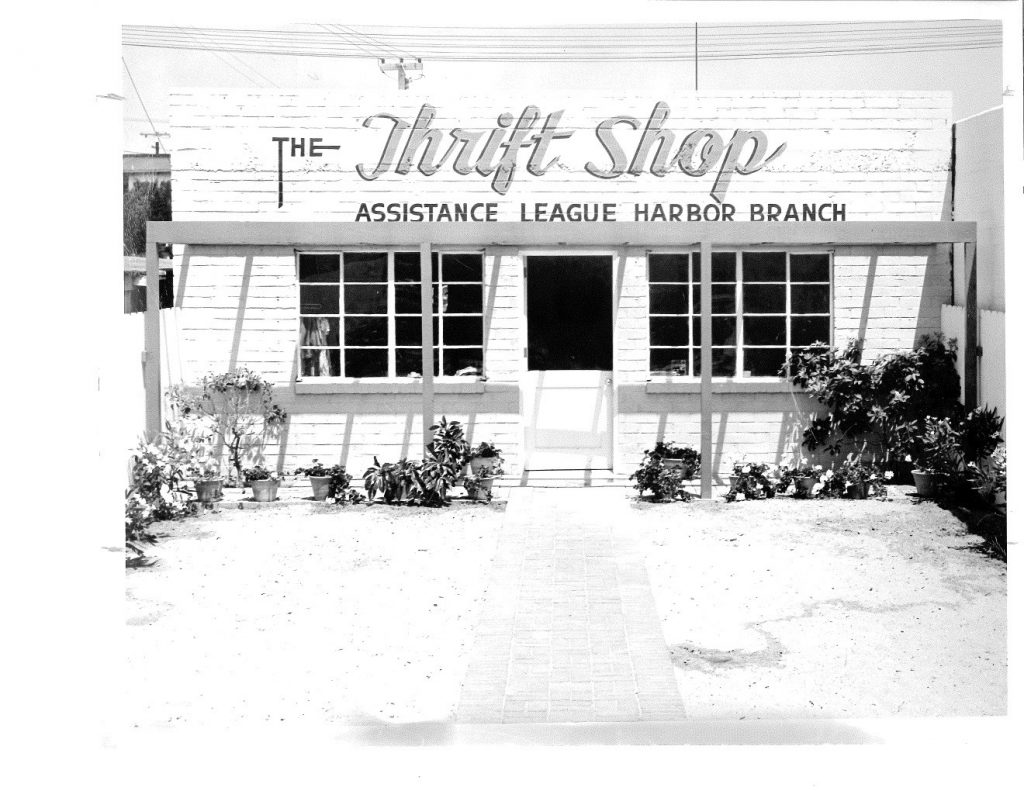
Curiosity shops and antique dealers
Curiosity shops have existed for centuries. Until more recently, they contained items the owners would collect and buy from customers, all having a previous owner. I would argue that this was the beginning of the second-hand trend. One of the most famous curiosity shops in history was the one featured in the Charles Dickens novel The Old Curiosity Shop. It is assumed that Dickens based the setting of the book on a building at 13–14 Portsmouth Street, Holborn, London. The shop has been running since the 1600s. Originally known as Clare Market, the name was changed to capitalize on the success of the book.
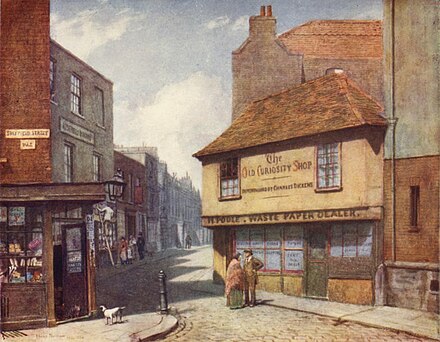
Antiquing
Antiquing, on the other hand, was a shopping experience that would take place on the road until the 1970s or so. The Journal of Antiques makes a distinction between the industry before and after this point:
Before 1972, the American antique trade was a regional trade. A dealer in New York would throw away things popular in Maine. Likewise, items popular in Pennsylvania might sit forever unsold in an antique shop in Florida. Because of this regional nature, dealers willing to travel long distances could make a small fortune by buying antiques where they were not wanted and hauling these items to an area of the country where they were in demand.
A good example is turn-of-the-century oak furniture. Before 1972, the hot market for turn-of-the-century oak in America was in Colorado, Texas, and California. During this period, truckers came to New England with 40-foot tractor-trailers and literally loaded up with turn-of-the-century oak furniture. Dealers had no other market for oak furniture except the long distance haulers. An oak commode was worth $12, an oak bureau $35, and a large raised panel oak desk sold for about $150.
Both curiosity shop owners and antique dealers sold used goods, but it wouldn’t be until the 20th century that it became common to sell clothing. This is because prior to 1900 (or so), durable clothing was expensive, many fabrics were precious, and clothing tended to be either repurposed or past down. The Industrial Revolution would change that.
Victorian era and repurposing clothes
Get fashion history fun delivered to your inbox each week. Sign up for our newsletter here.
There could hardly have been a thrifting culture the way we have today in the Victorian era. A person’s wardrobe was a highly prized collection and not always frequently added to (except, of course, by the nobility). For women, shopping for a new dress would have been an event in itself. Other times fabric and materials were obtained and the dress would be made by hand, hardly something to dispose of.
Although occurring well after the Victorian era, the concept of looking forward to the purchase of a new dress was famously portrayed in season one of Downton Abbey when Sybil’s “frock” turns out to be a shocking “harem pants” ensemble.
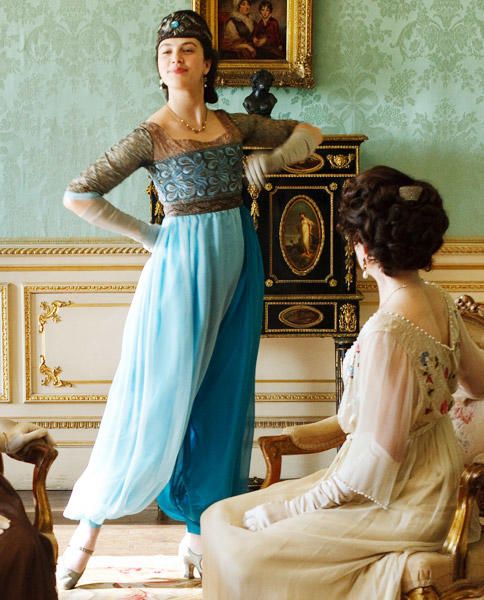
Precious fabrics were hard to find
A common reason that even wealthy women in the 19th century wore clothing made out of formerly owned dresses is that fine silk was used in the 18th century and had become more difficult to find when the silk trade began utilizing new techniques. Beautiful gowns were created using ones that had belonged to a grandmother. The one below from the V&A Museum is a great example.
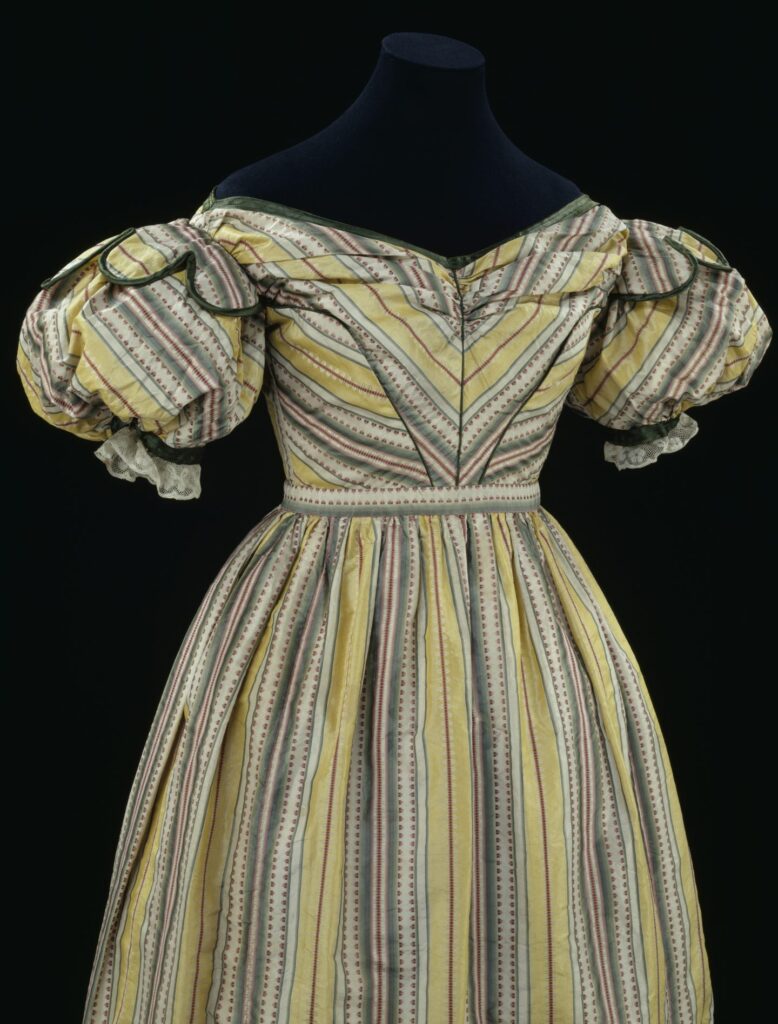
© Victoria and Albert Museum, London
Wearing clothing made from used fabric was a sign of the family’s wealth. Says the museum:
“Far from looking down on recycling textiles, the very notion of wearing an inherited garment played into the fashionable sense of romanticism and nostalgia of the era. Inherited objects of value carried a patina of age that implied old money. Having inherited fabric shows a familial wealth that goes back through generations, implying rank, dignity, and lineage. Perhaps this helped to separate the truly classy from the newly wealthy starting to spring up at the start of the Industrial Revolution.”
According to The Maryland Center for History and Culture, this is also why it is difficult to find unaltered gowns that were made prior to the 19th century.
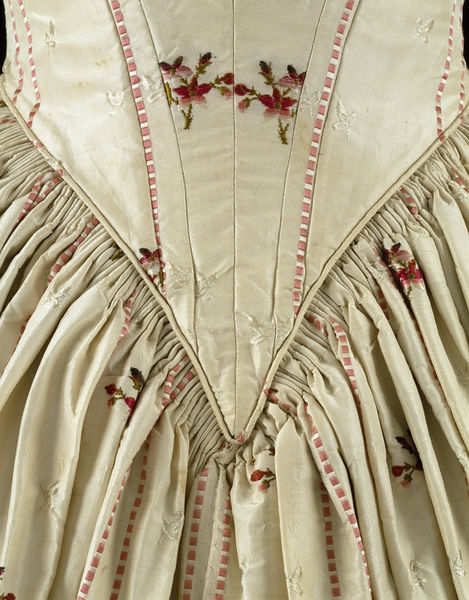
Besides being repurposed to make new dresses, they were commonly passed down as heirlooms and bought once the owner passed. Slate.com, for instance, tells of actress Jennie Kimball who bought gowns that had belonged to opera Emma Abbott after she passed in 1891. Kimball gifted them to her daughter. The website has several other stories of clothes being passed around by the rich and famous during that time.
The Progressive Movement kicks off the history of thrift stores
The Industrial Revolution brought with it the emergence of inexpensive goods and clothing. It also brought with it increased poverty. While the rich may have enjoyed purchasing and obtaining used clothing prior to the 1900s, it would become sought after by the poor or the bohemian, with it falling nearly out of style with the wealthy.
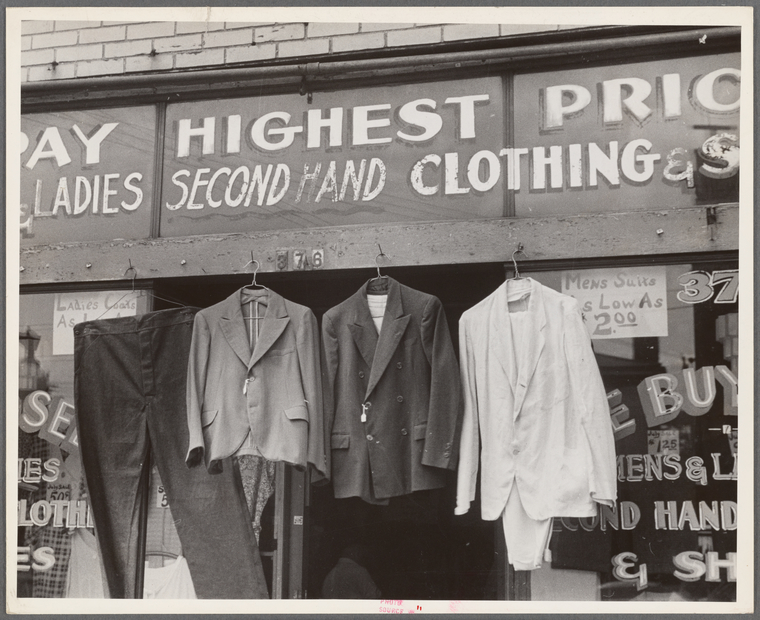
A new supply of discarded goods combined with the Progressive Movement of the early 20th century led to the emergence of second-hand stores run by religious organizations. Today known in England as “charity shops,” in Australia as “op shops” and in America as “thrift stores,” they sought to support those experiencing economic hardship with cheap goods and jobs.
One of the early such shops in England was the Wolverhampton Society for the Blind, which opened in 1899. The Salvation Army would bring the concept to America in 1897.
Salvation Army
Founded in London in 1867, the organization was a pure example of charities and programs born during the Progressive Movement. It originally offered church services to the poor and outcast, and moved into healthcare and housing by the end of the century with a strong presence in the United States.
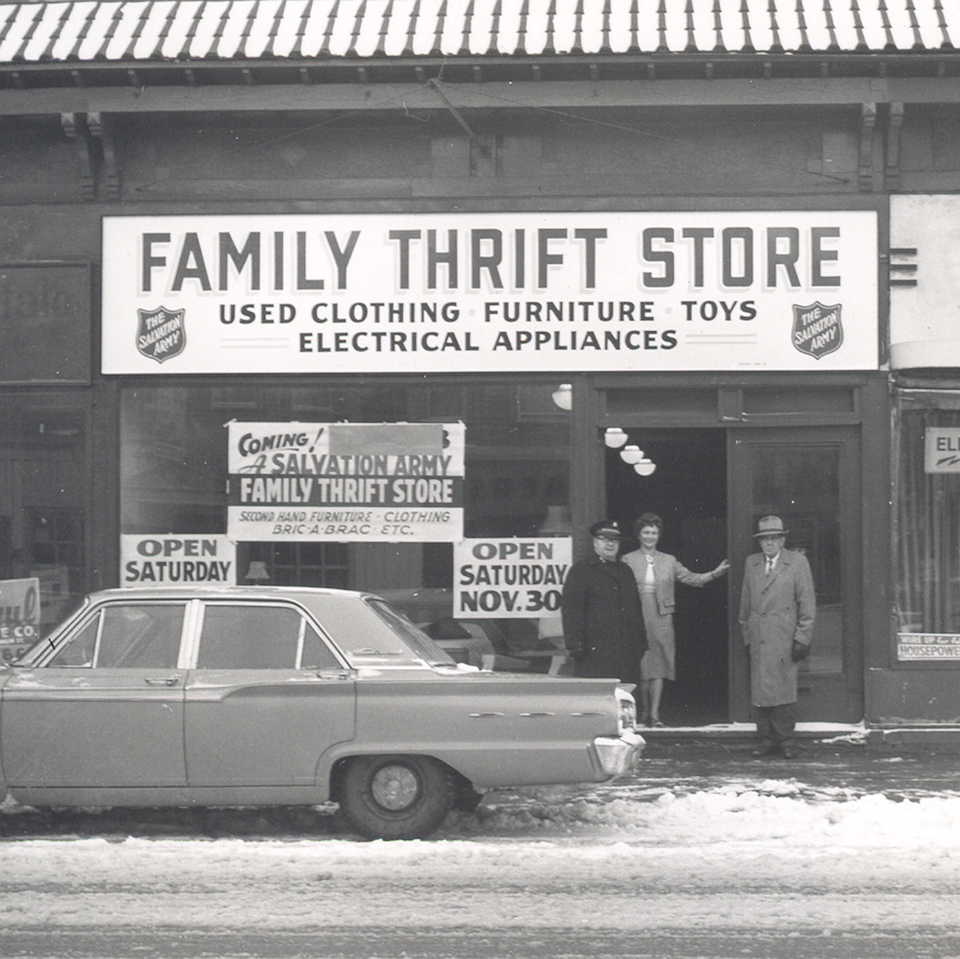
Unemployment and alcoholism were becoming serious societal issues in the late 1890s, with an increasing number of men experiencing homelessness. The Salvation Army began to operate shelters for these individuals, and the idea to run a “junk shop” out of the basement of one of them for the purposes of funding the program was born. Beginning in 1902 residents were encouraged to obtain goods to freshen up and sell in the shop in return for housing and various other services.
GoodWill
GoodWill, on the other hand, was founded as a used-goods program rather than evolved into it. It was founded the same year as the Salvation Army’s program launched, though I am unsure which came first. The founder, Methodist minister Rev. Edgar J. Helms created a system to train the “less fortunate” to repair discarded goods from wealthy areas. The items were then sold to fund the charity or given to those participating in the program.
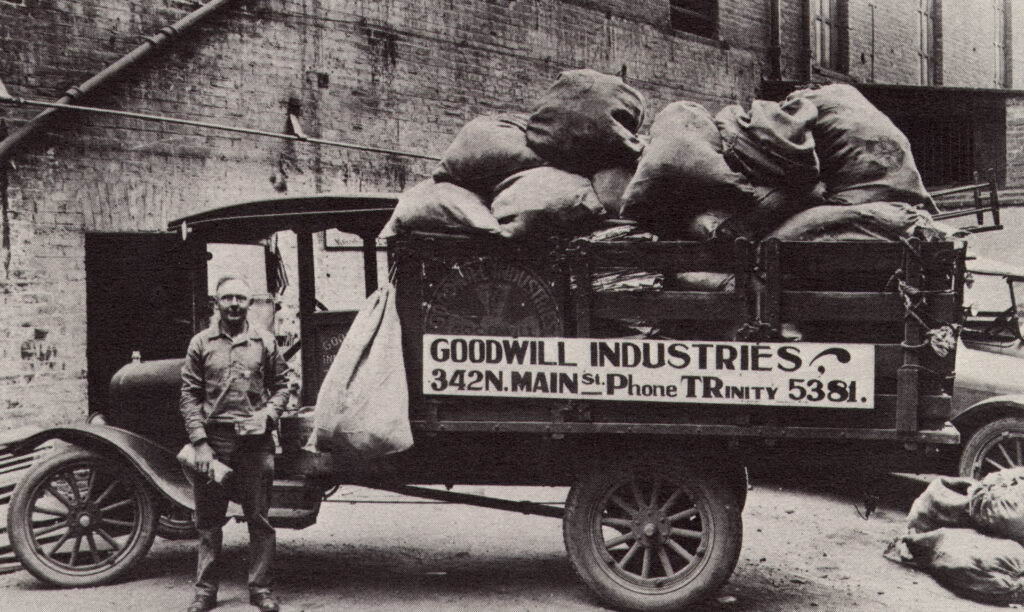
Junk shops attracted a lot of customers, with a large base of newly arrived immigrants who wanted Americanised clothing but lacked funds for new items. The movement would stay afloat during the great depression, though it suffered as fewer people were giving things away and the demand reached record highs.
The post-war boom would turn things entirely around.
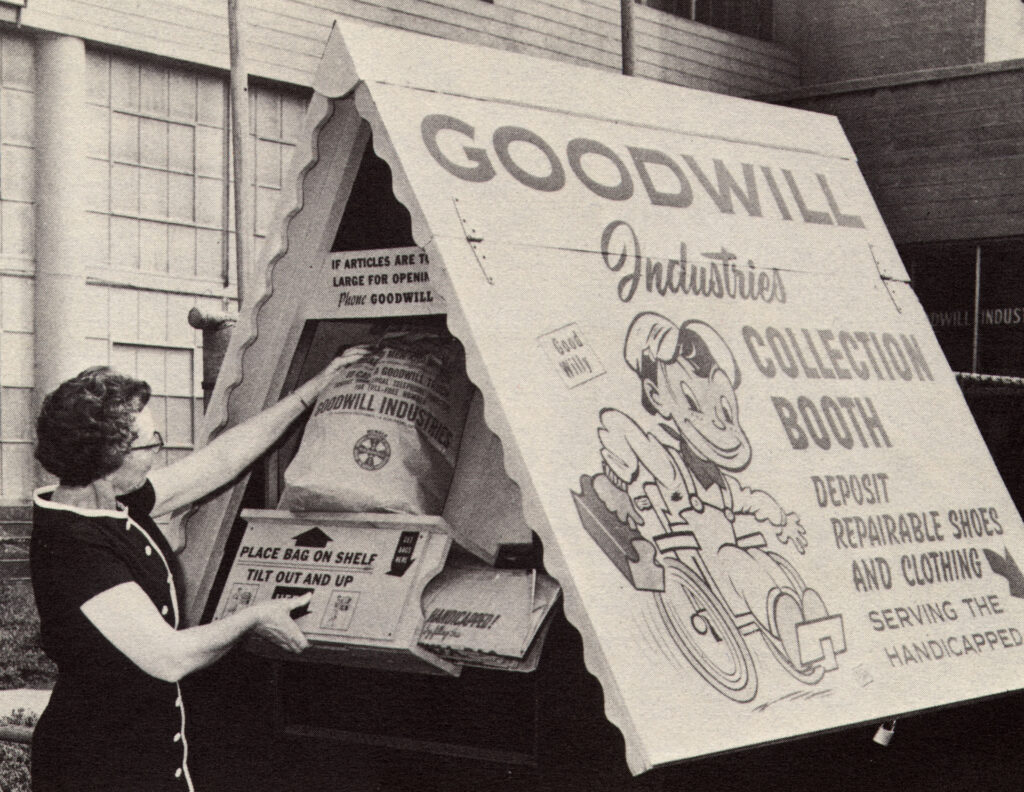
The 1950s: second-hand becomes chic
By the 1950s second-hand shops had obtained a stigma that threatened their survival. The economic boom that followed the war caused the customer base to decline, and the term “junk shop” didn’t resonate at all with people so excited about all of the bright and shiny items becoming more widely available to them. It was time for a rebrand.
GoodWill led the way, reorganizing their stores to have more of a department store layout, complete with displays. The displays featured their most valuable items and an interest in “vintage” clothing began to develop for the first time. Women enjoying the benefits of the boom were particularly interested in high-end dresses from previous decades. Consignment stores also started to pop up.
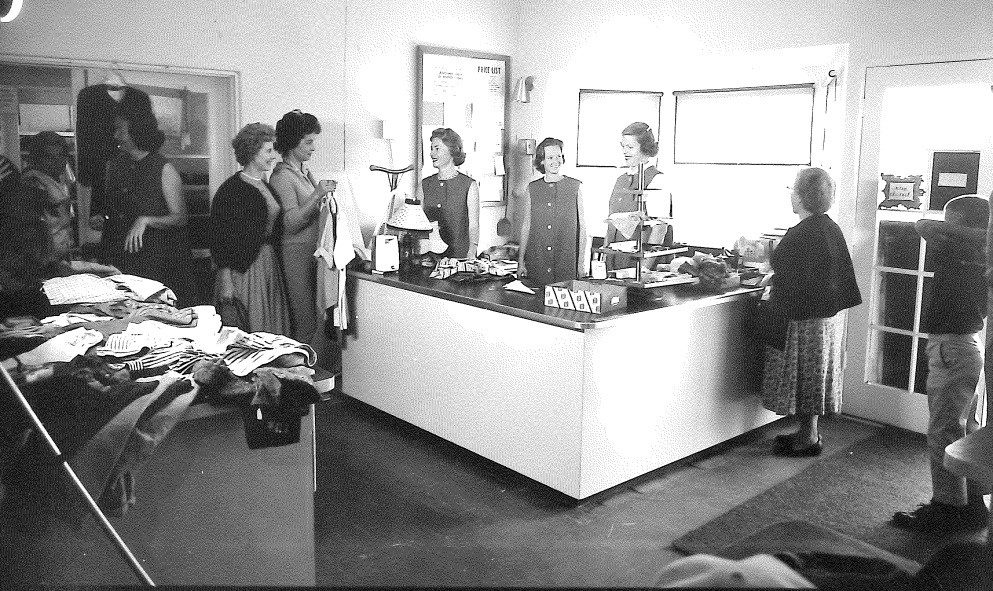
Besides making the stores themselves more appealing, the nonprofits also started to target those who were now replacing items from the home at a new pace. Involving this side of the equation has helped the movement survive to this day. Says Jstor Daily:
“Le Zotte draws connections between the thrift of Christianity and the thrift of capitalism. Thrift stores drove awareness of charitable giving and helped American consumers come to terms with an increasingly mass-produced, disposable economic system. And the more one could justify their purchases as thrifty and charitable, the more one could justify casting off consumer goods.”
Do you love vintage? You’ll love these mid-century-inspired items:
Thrifting today
The history of thrifting evolved from a charitable movement to a highly profitable business model and to retail establishments for those seeking treasures from history. One of my favorite second-hand shops, Plato’s Closet, is a chain of stores owned by Winco, their parent company that also pens of Once Upon a Child, Style Encore, Play It Again Sports, and Music Go Around. Reports The Association of Retail Professionals Winmark “had 1,293 franchises in operation, as of June 2022. Winmark’s sales have been at $1 billion+/year since 2015. They have recycled nearly 1.5 billion items since 2010.”
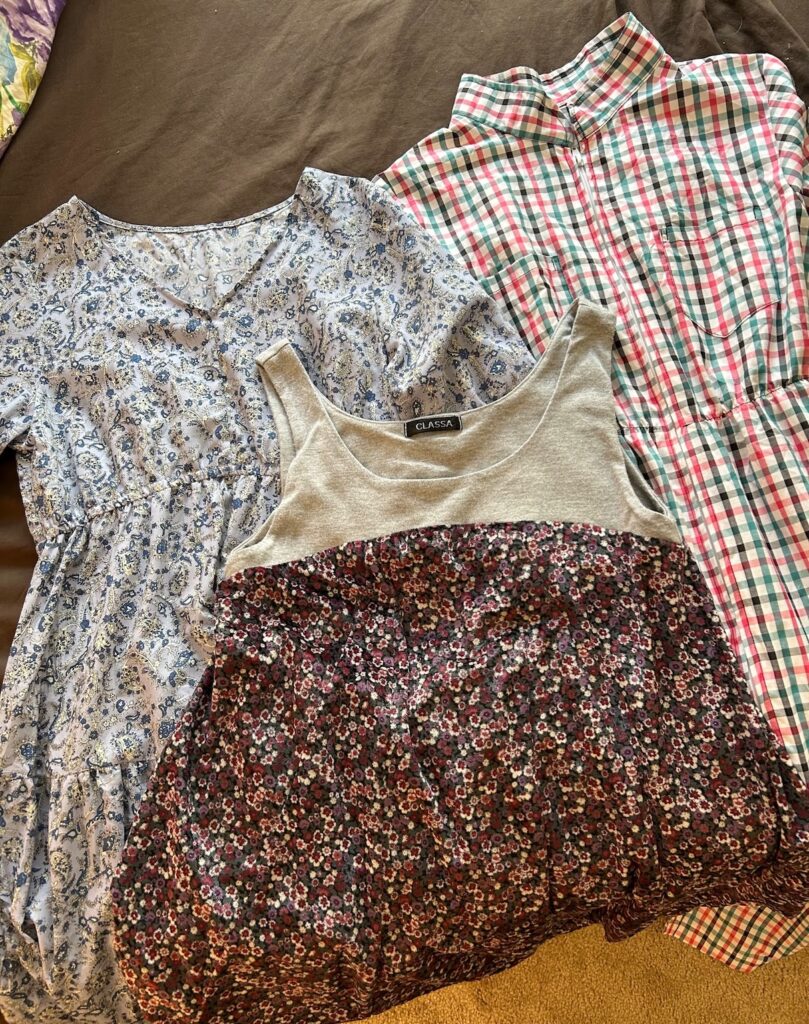
Our customers love to seek out highly valuable vintage clothing and keepsakes when thrifting. We surveyed our audience on Facebook about the best items they have collected and we heard:
“A Chanel sweater!!”
“My French couture coat for £60”
“An antique Louis Vuitton steamer trunk. $50 at a garage sale”
“A Raspberry Beret”
“A real Louis Vuitton Purse for $5.99, a gold sequined Bob Mackie 1990s gown for $9.99 a French medical book printed in Paris in 1598 for a whopping $1.49, and a Hermes scarf for $2.99.”
What about you? What is the best thing you have found in a thrift shop?
More fashion history fun:
Tickled pink: colors in the Victorian era
Victorian and Edwardian combination garments
One hundred years of nightgowns: from the Victorian era to the 1950s

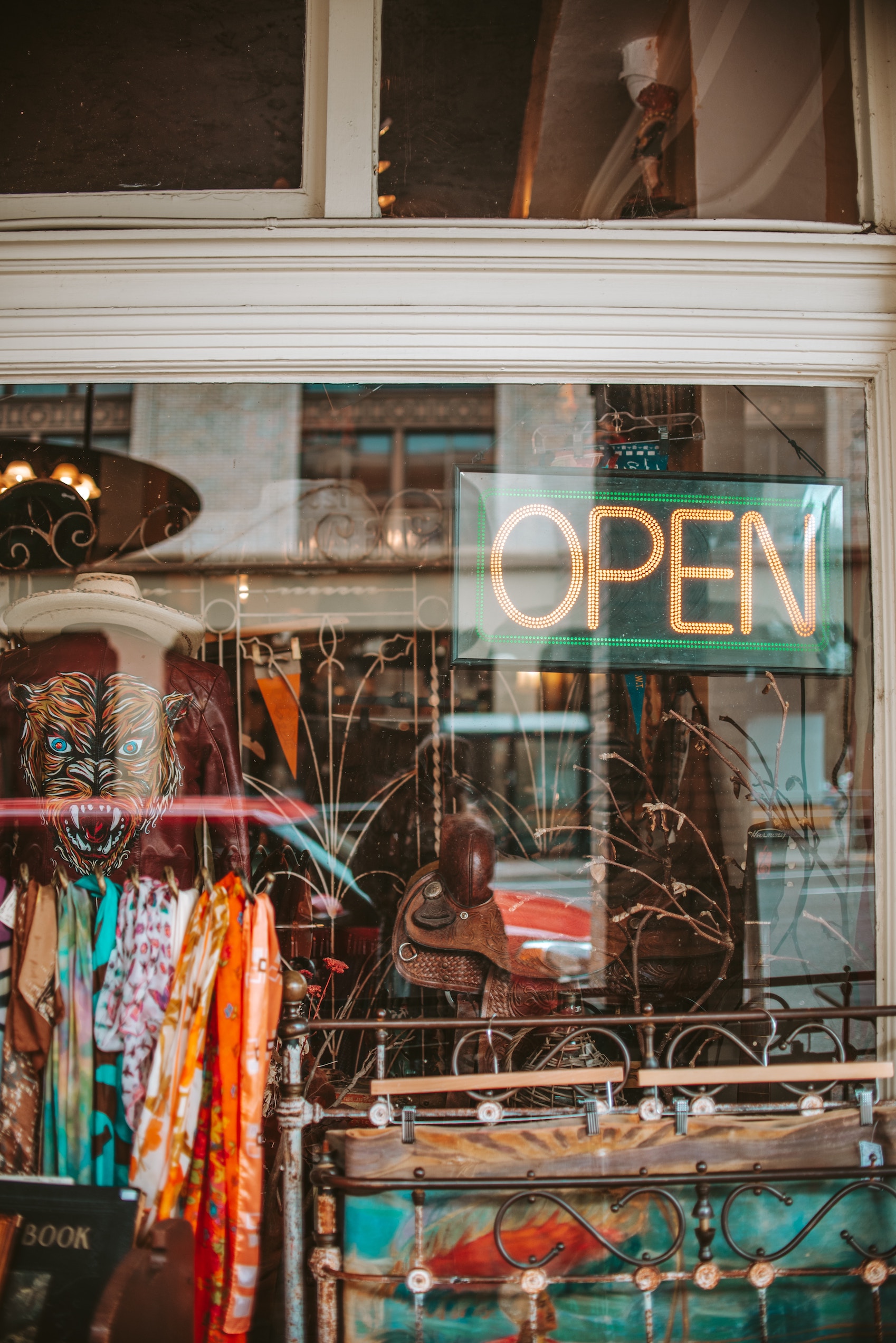
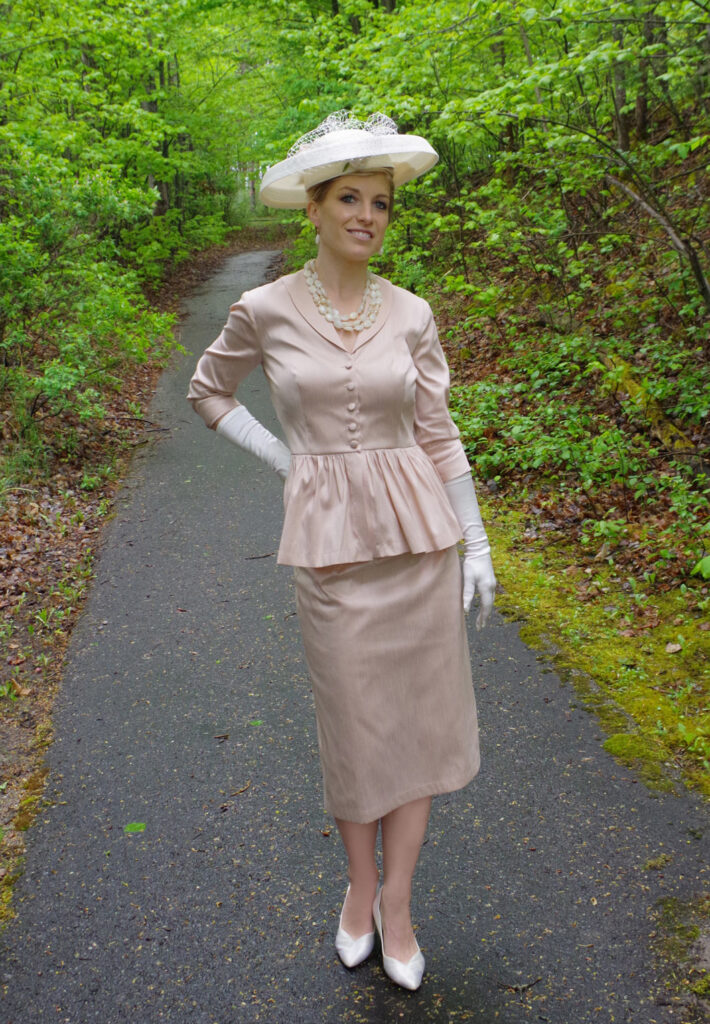
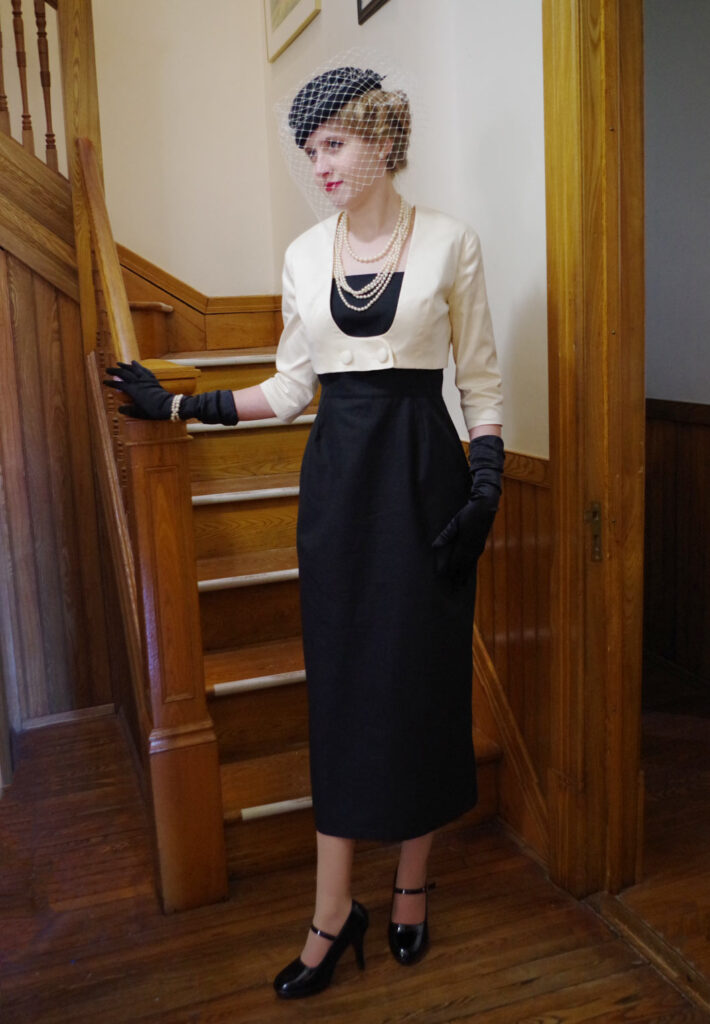
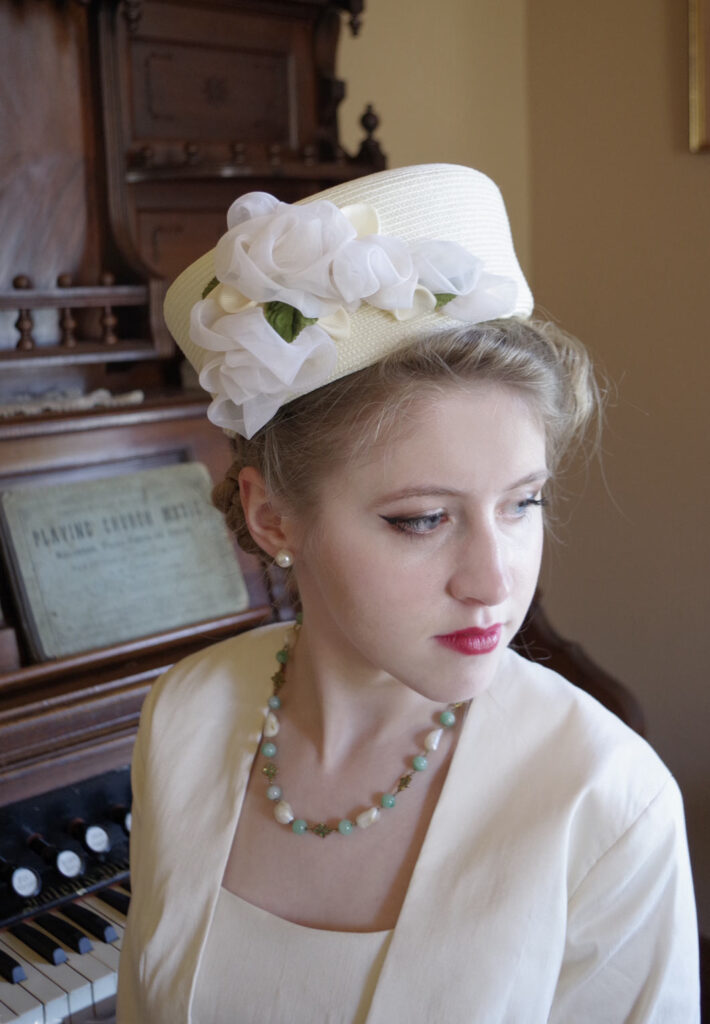
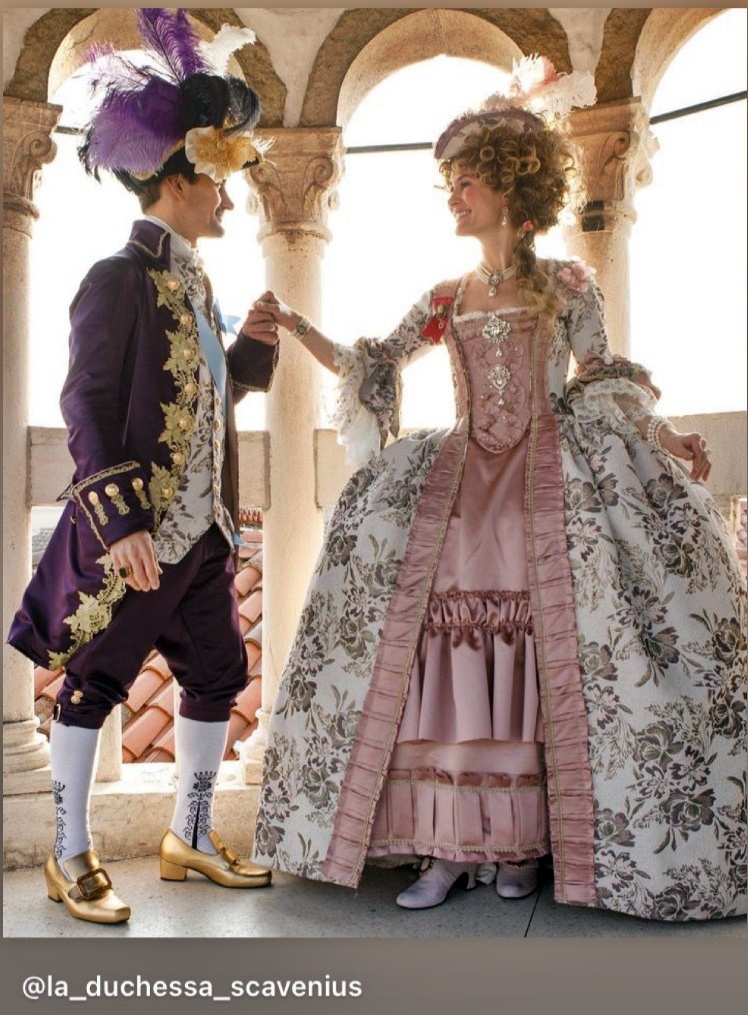
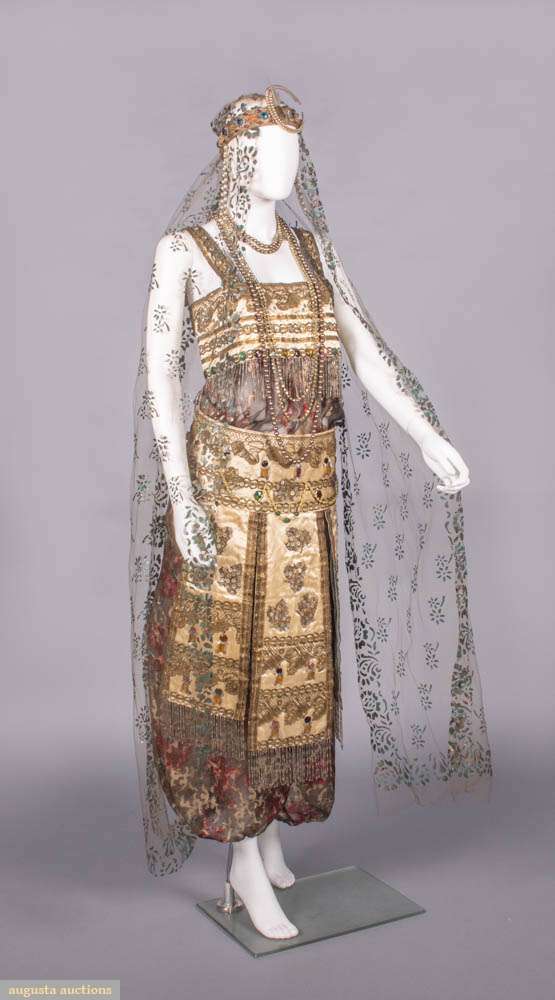





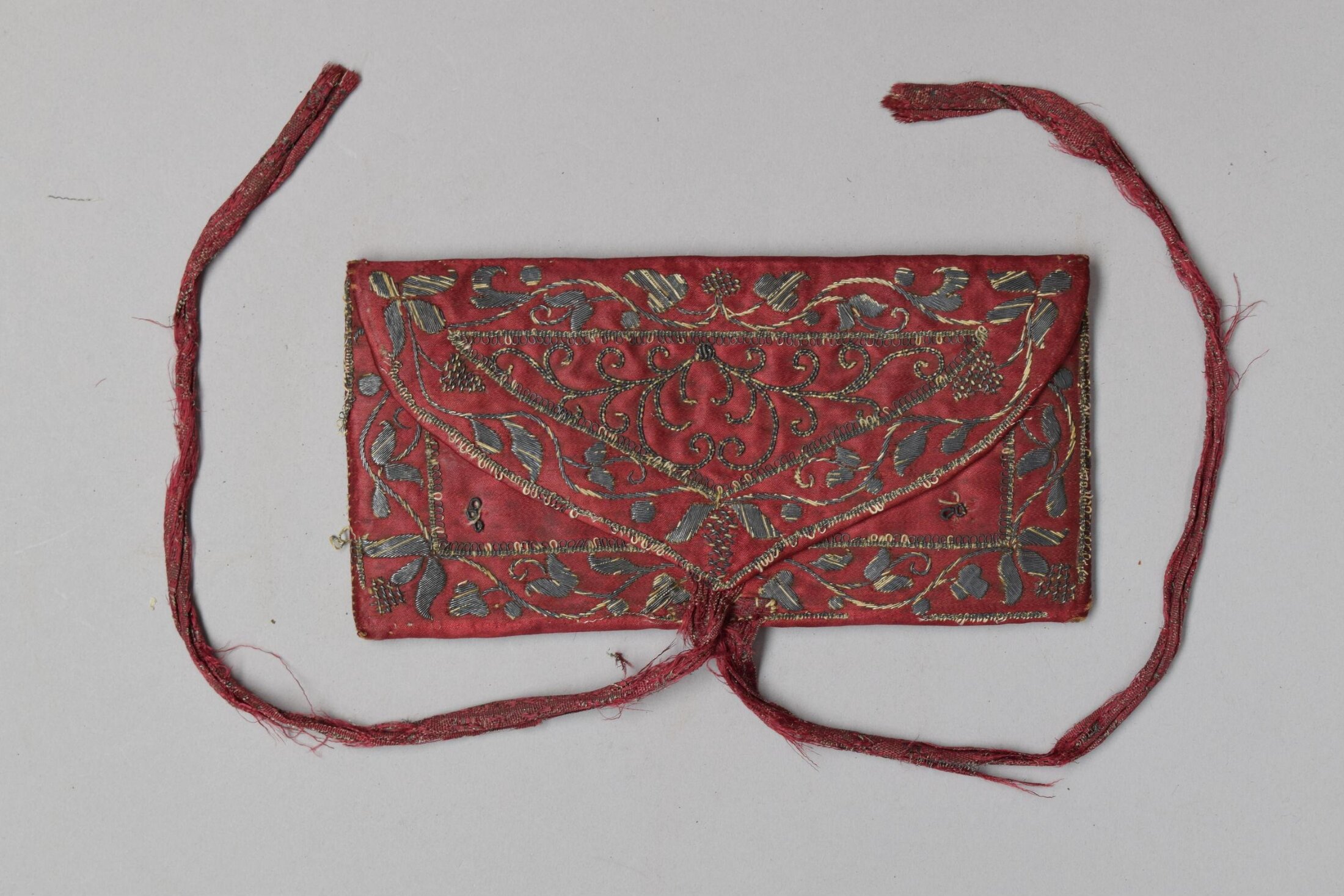
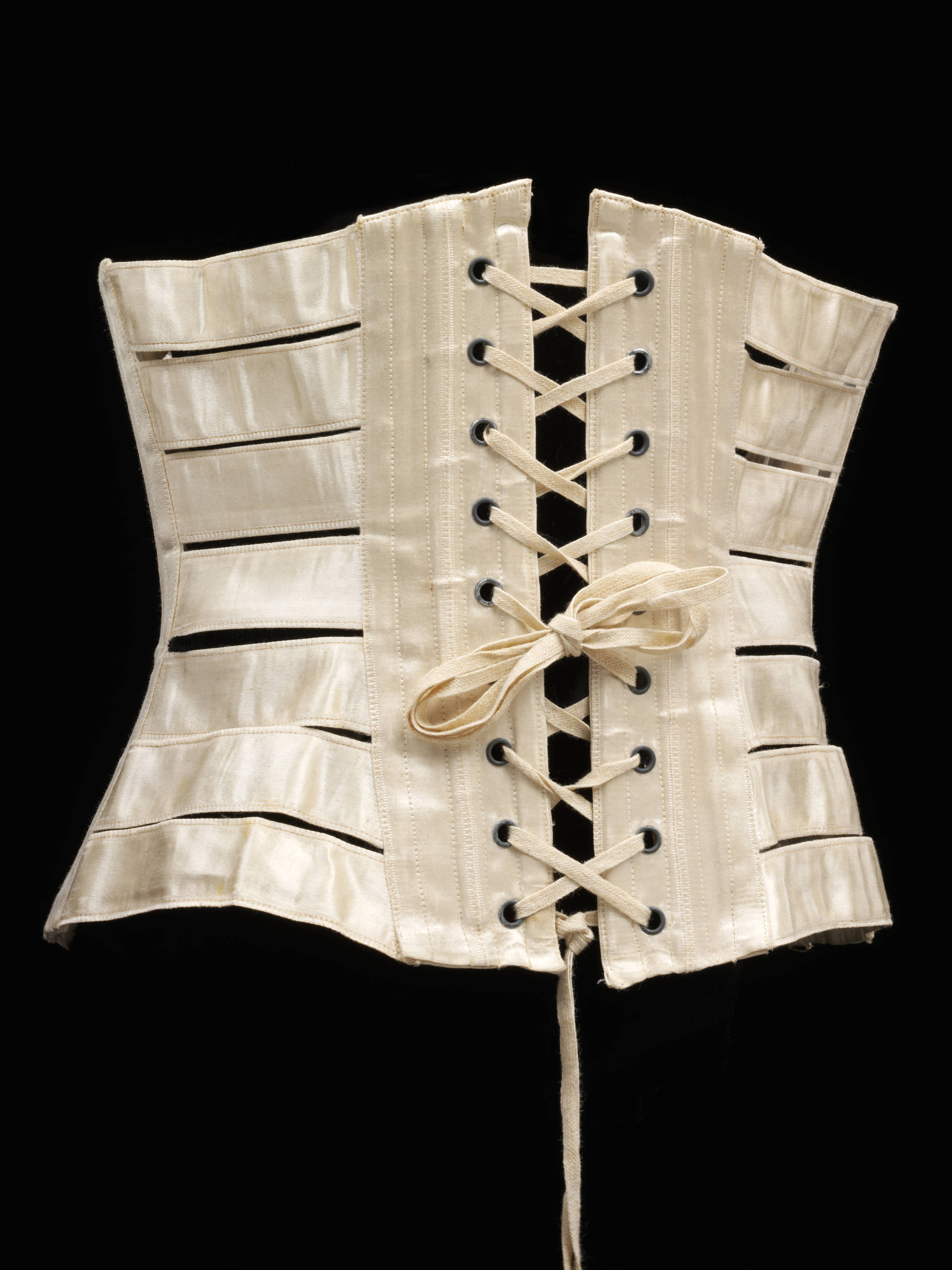
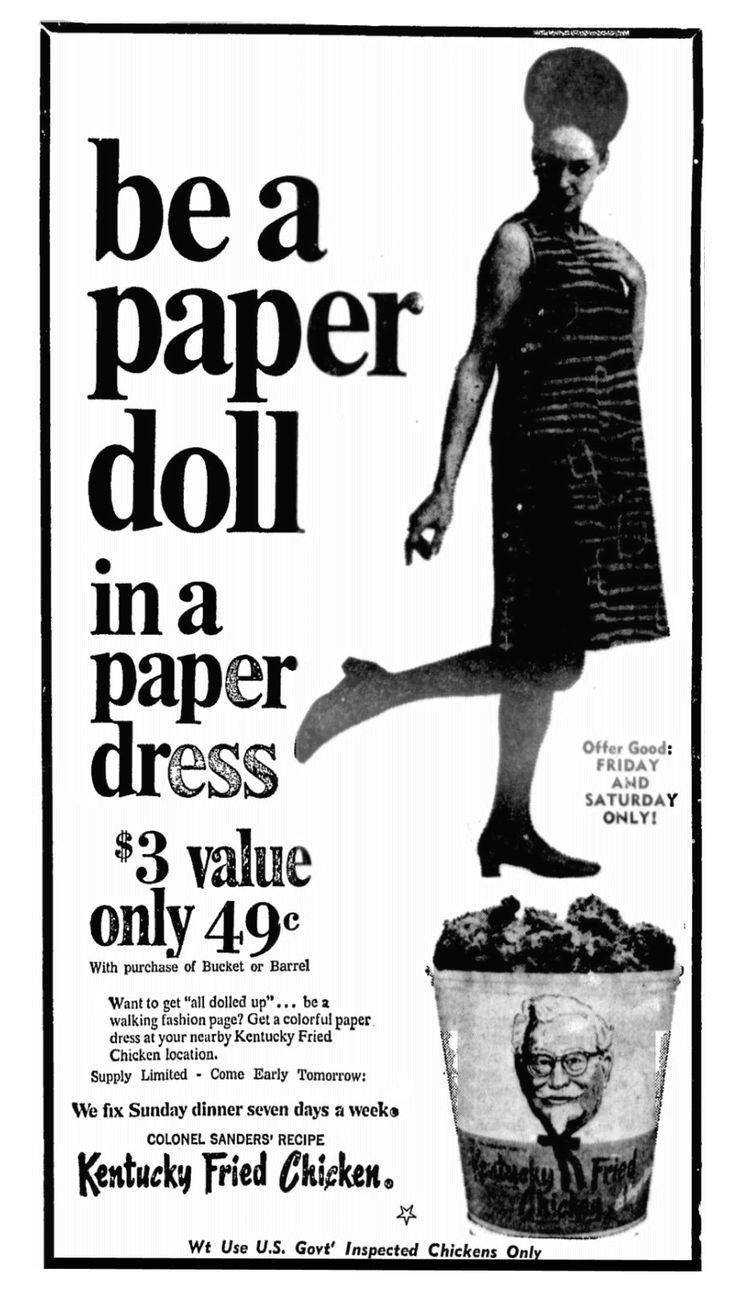
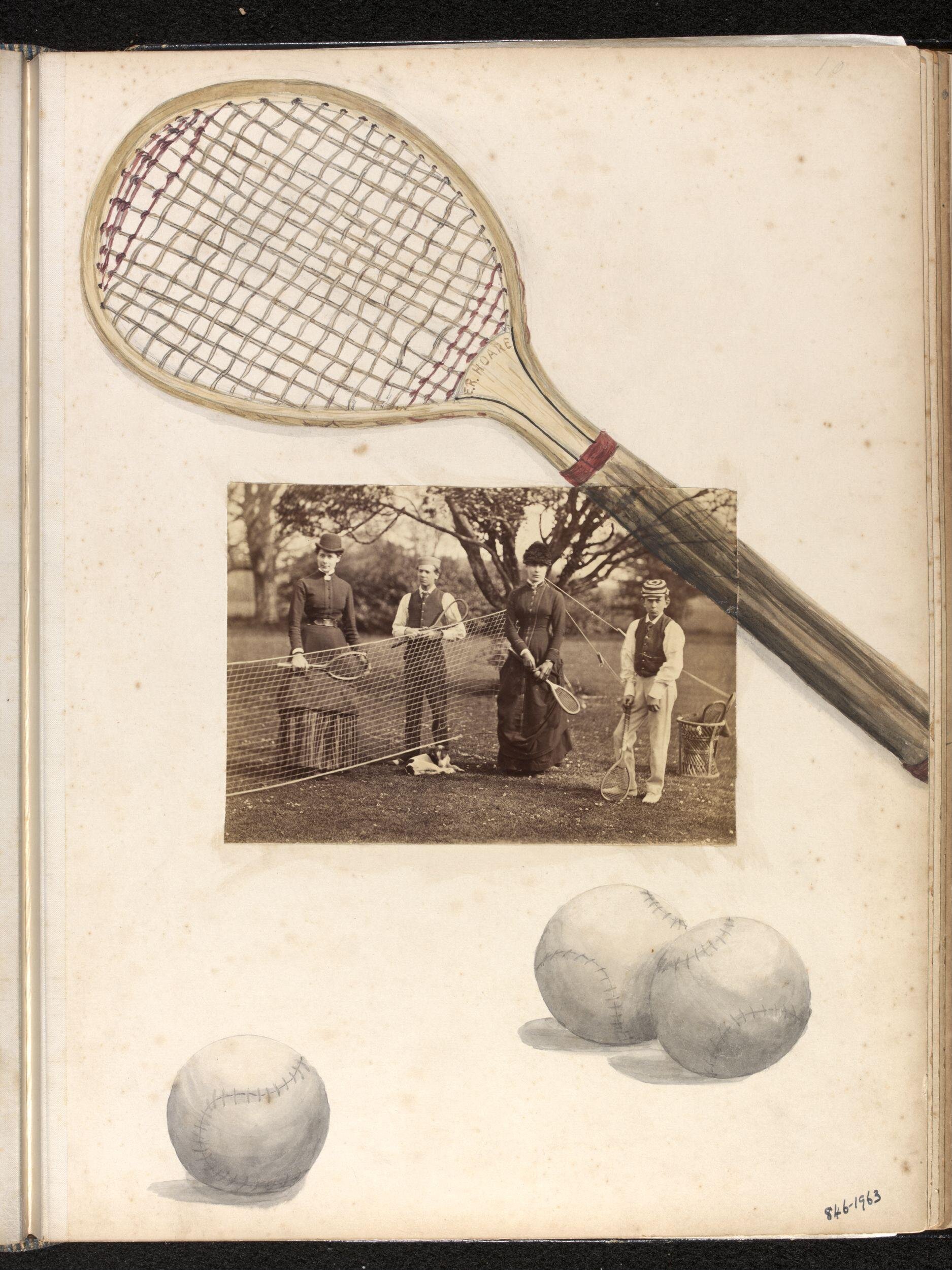
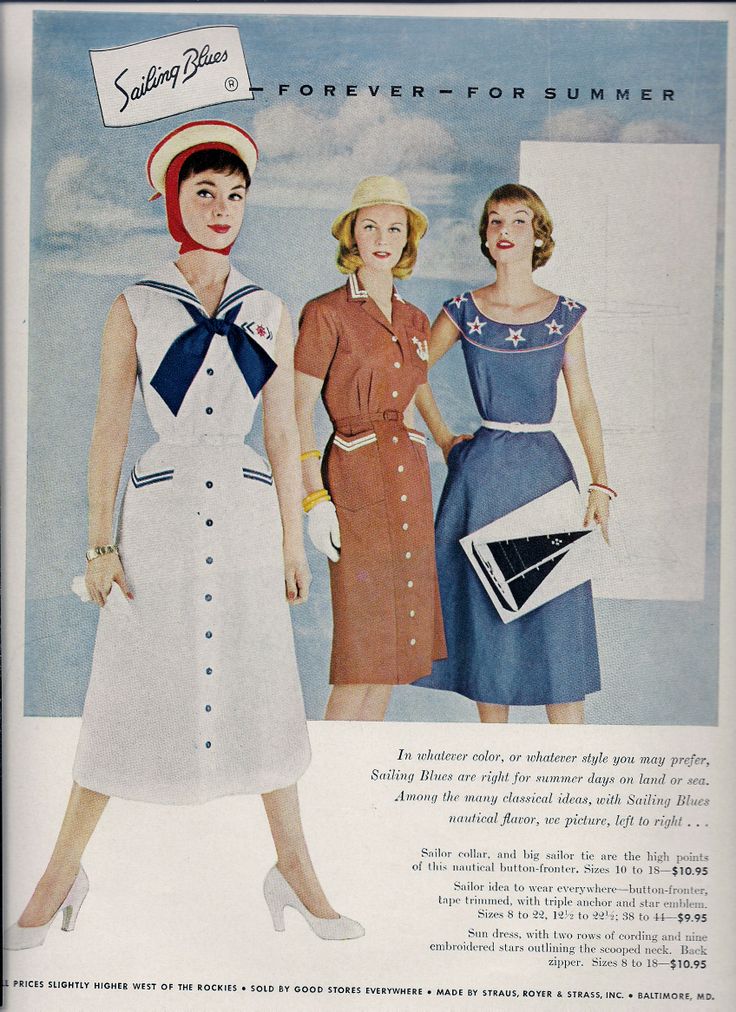
Leave A Comment